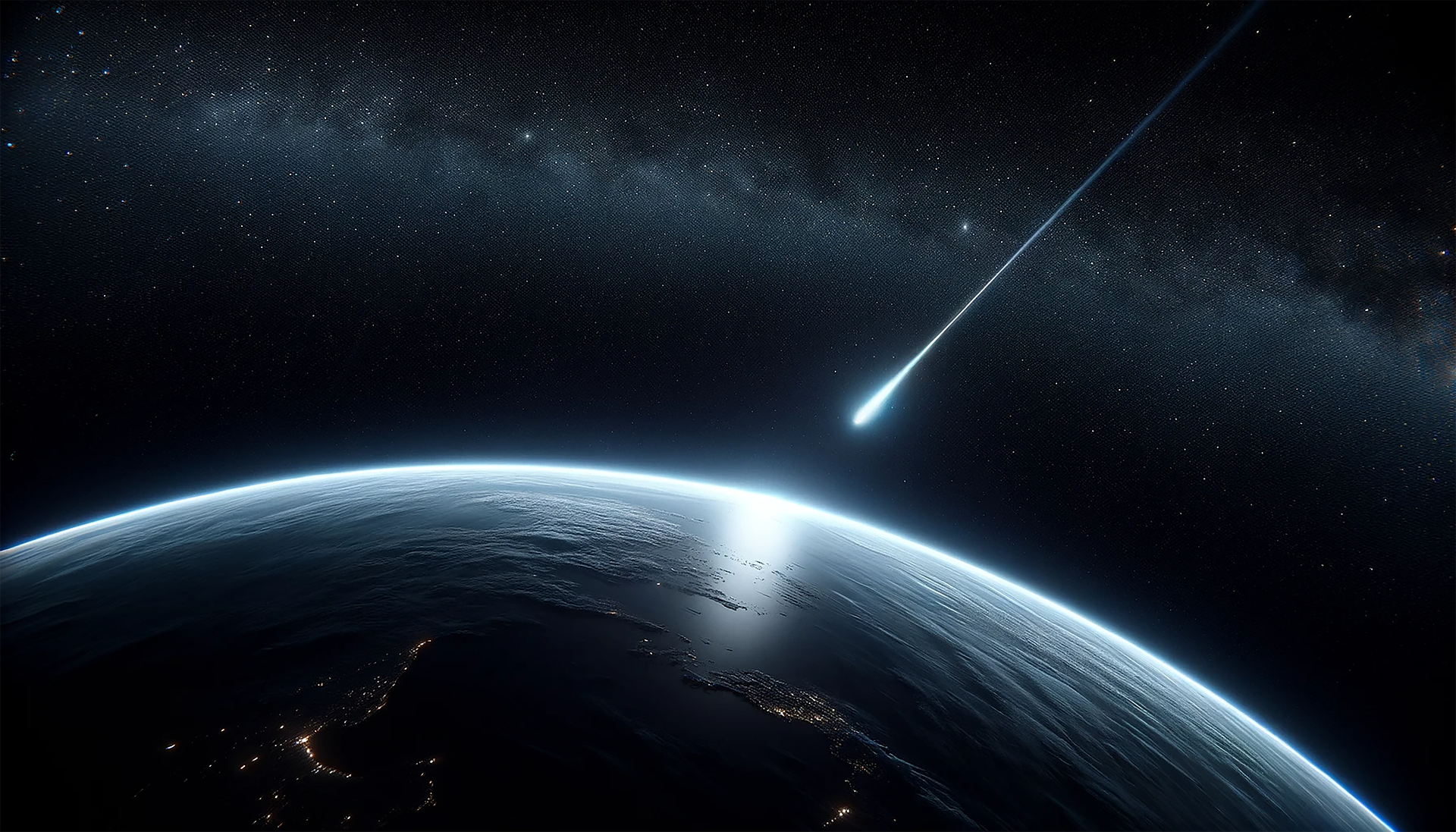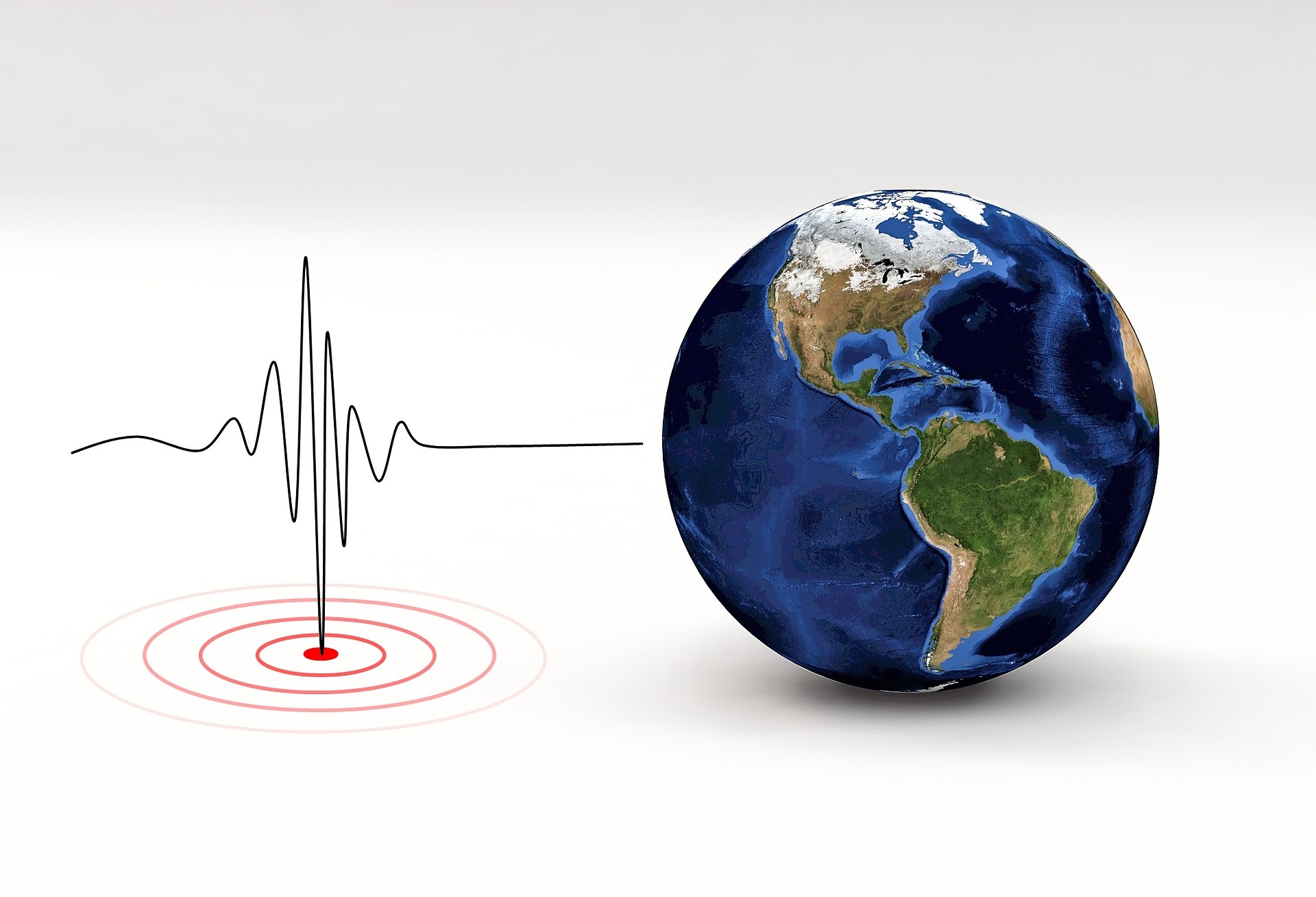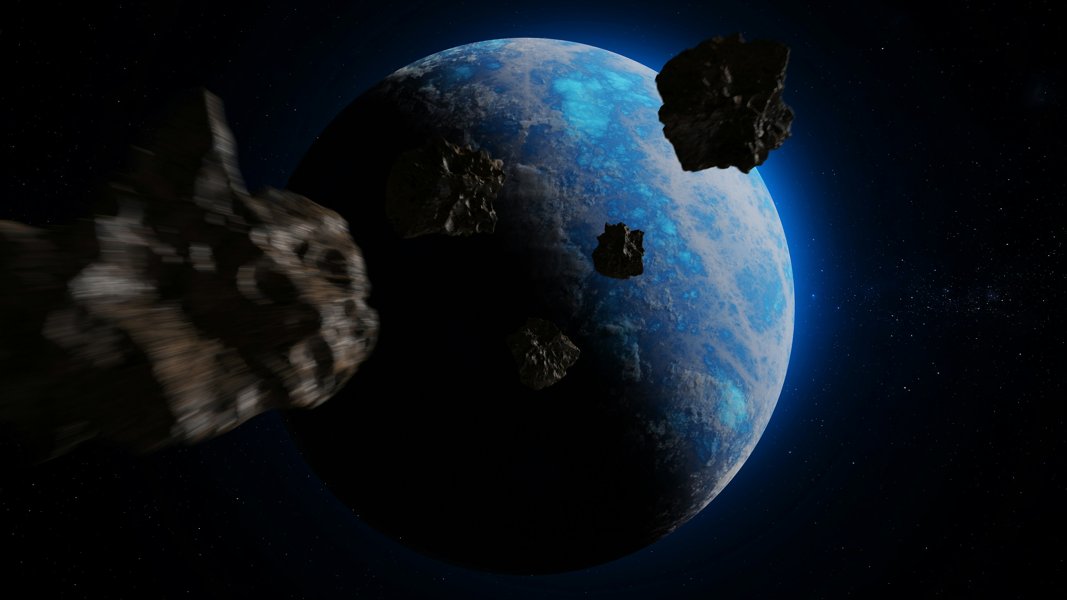A large asteroid the size of the Eiffel Tower is scheduled to pass near Earth on May 24, 2025, prompting careful tracking and analysis from NASA’s Center for Near-Earth Object Studies (CNEOS). The object in question—Asteroid 2003 MH4, officially designated as 387746—is approximately 335 meters (1,100 feet) in diameter and is barreling through space at a speed of nearly 14 kilometers per second, or 50,400 km/h.
While there is no indication of an impact, the asteroid’s trajectory brings it close enough to merit classification as a Potentially Hazardous Asteroid (PHA).
Why asteroid 2003 MH4 is labeled “potentially hazardous”
NASA defines a Potentially Hazardous Asteroid as any near-Earth object larger than 140 meters in diameter that comes within 7.5 million kilometers of Earth. Asteroid 2003 MH4 meets both criteria. On May 24, it is expected to pass within approximately 6.67 million kilometers of Earth—about 17 times the distance between Earth and the Moon.
Although this may seem distant in everyday terms, it’s considered close in astronomical terms, especially for an object of this magnitude and velocity.
No current threat—but caution remains
Despite the PHA classification, NASA has confirmed that 2003 MH4 poses no immediate threat of impact. However, it remains under continuous observation due to its Apollo-type orbit, which crosses Earth’s path. Over time, gravitational nudges from planets or subtle forces like the Yarkovsky effect—caused by uneven solar heating—could slightly alter the asteroid’s trajectory.
Such changes, though gradual, highlight the importance of sustained monitoring. Trajectory shifts over decades or centuries can affect future close approaches, which is why asteroids like 2003 MH4 remain on scientists’ radar well beyond a single flyby.
What would happen if it hit Earth?
If an asteroid the size of 2003 MH4 were ever to collide with Earth, the consequences could be devastating. The energy released would rival that of thousands of nuclear warheads, potentially leading to widespread destruction. Depending on the location of impact, the results could include massive tsunamis, continent-scale wildfires, and an “impact winter”—a dramatic cooling of the climate caused by dust and debris thrown into the atmosphere, blocking sunlight for months or even years.
While that scenario remains theoretical for now, it serves as a reminder of the raw power carried by near-Earth objects and the high stakes involved in planetary defense.
The role of planetary defense
NASA’s Sentry system, part of its broader planetary defense infrastructure, continuously analyzes the orbits of known near-Earth objects, projecting possible impacts over the next 100+ years. Each close approach—especially by objects exceeding a few hundred meters in size—serves as both a data-gathering opportunity and a wake-up call.
The ongoing study of 2003 MH4 helps scientists refine detection techniques, test predictive models, and prepare for the eventuality—however unlikely—that an object may one day be on a collision course with Earth.
With 2003 MH4 passing at a safe distance this May, the event serves more as a case study than a crisis. But it’s exactly these close encounters that drive home the importance of early detection, orbit modeling, and global readiness in the age of space-borne risks.




